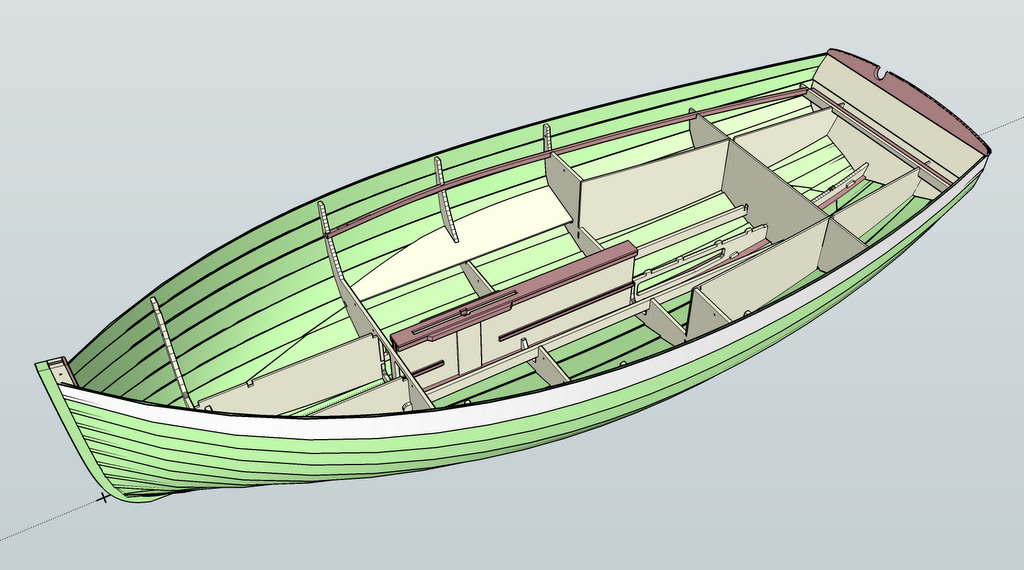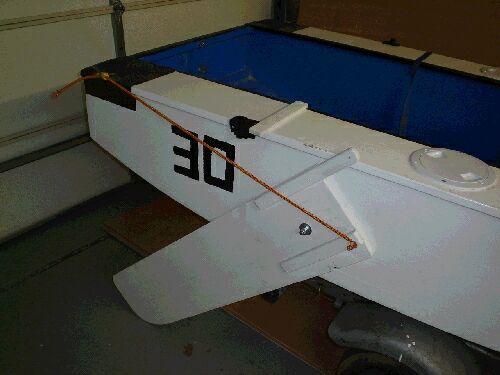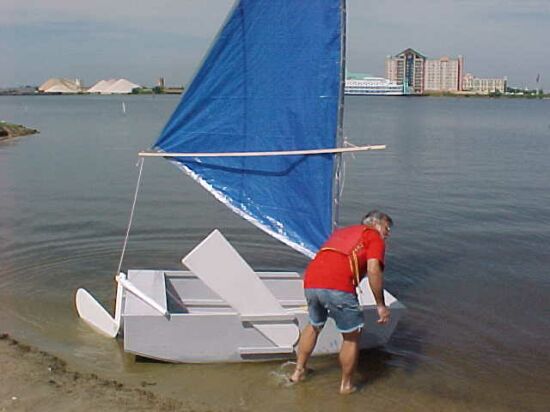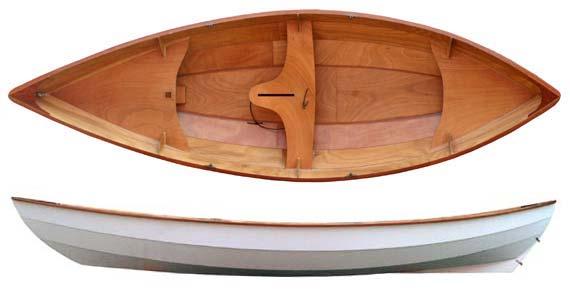
A 15ft Pram for Dinghy Cruising
20160601
20160701
20160711
20160801
20160901
20160915
20161201
20161215
20170107
20170113
20170114
20170119
20170120
20170122
20170123
20170131
20170208
20170219
20170220
20170221
20170224
20170225
20170318
20170328
20170329
20170408
20170409
20170417
20170420
20170421
20170422
20170423
20170424
20170425
20170426
20170427
20170501
20170509
20170521
20170525
<<
>>
20170114 |
Daggerboard or CentreboardCruising dinghies often have centreboards instead of daggerboards for better safety. There are several Mirror dinghies whose daggerboards were replaced with centreboards for dinghy cruising. The downside of a centreboard is that it gets full of sand and mud when you are beaching. Another nuisance is the centreboard pin, which may bend or cause a leak. Daggerboards have a bad reputation: when the daggerboard hits the ground, it can rip out the daggerboard case. And you can hardly sail with the daggerboard halfway up. I thought about using leeboards since they are outside the boat without impact on the accommodation. Or the risk of a leak or damaged pin. However, they are butt-ugly and fragile in port. And you cannot stand on them to right your capsized boat. I have sailed lightweight racing dinghies with daggerboards all my life. Many times I ran aground (admittedly not on rocky shores). Capsized hundreds of times. Never had any damage to the daggerboard case. The benefits of a daggerboard are:
In the end I decided to use a daggerboard. Will add high-density foam at the back of the daggerboard case to reduce impact on grounding. More info: http://www.pdracer.com/keel/  20170114_ilur.jpg The long centreboard case of an Ilur  20170114_side2.jpg How can you right a boat with a leeboard?  20170114_sidedagger.jpg A better leeboard.  20170114_skerry.jpg Skerry with daggerboard, leaves a lot of room in the cockpit. |